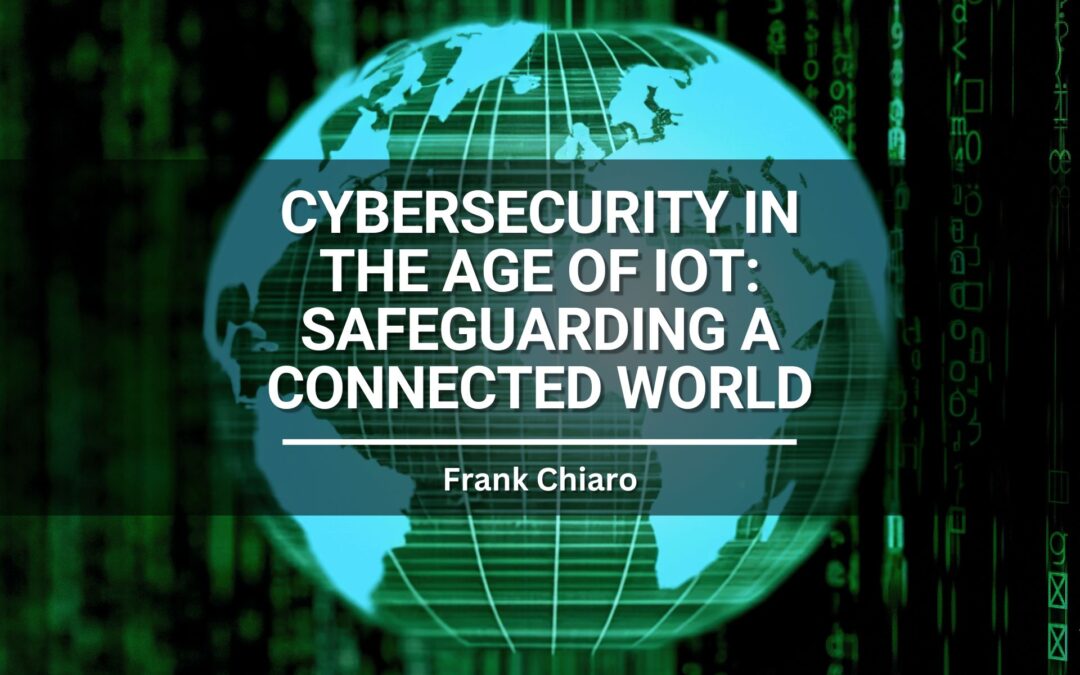The Internet of Things (IoT) is a digital landscape woven into the fabric of our daily lives. From smart thermostats that adjust our home’s temperature automatically to wearable fitness trackers that monitor our health, IoT devices make our lives more convenient and efficient. However, this convenience comes with a potential downside: cybersecurity risks. In this article, we’ll break down the challenges posed by IoT and discuss how to protect these connected devices, all in plain language.
The Growing Web of Connected Devices
Picture this: you have a smart fridge that tells you when you’re running low on milk and a smart lock that lets you unlock your front door with your phone. These devices connect to the internet, and that’s where the trouble begins. Unlike your computer or smartphone, many IoT devices lack strong security measures. This makes them prime targets for hackers looking to sneak into your digital life.
Why Cybersecurity Matters
When hackers breach an IoT device, they could steal your personal data or use the device to gain access to your whole network. Imagine if someone could open your front door remotely or monitor your private conversations through a compromised baby monitor. That’s the nightmare IoT security aims to prevent.
Protecting IoT Devices
To keep your IoT devices safe, follow these steps:
-
- Strong Authentication: Device manufacturers must make sure only authorized people can access these gadgets. They do this by using things like fingerprints or special codes, so hackers can’t just waltz in.
- Regular Updates: You know how your smartphone asks you to update its software? IoT devices need those updates too. These updates fix security holes and keep your gadgets safe from prying eyes.
- Encrypted Communication: When your IoT devices talk to the internet, they should use a secret code (encryption) to keep their conversations private. Just like you wouldn’t want anyone listening to your phone calls, you don’t want hackers eavesdropping on your devices’ chats.
- Network Segmentation: Imagine if your house had different sections with separate locks. That’s what network segmentation does for your digital world. It separates your IoT devices from your important stuff, making it harder for hackers to sneak in.
Keeping Informed
Stay up-to-date with these important things:
-
- More Vulnerabilities: The more IoT devices out there, the more ways hackers can try to get in. So, be aware of the latest security issues and take steps to protect your devices.
- Botnet Threats: Hackers use groups of compromised devices (botnets) to launch attacks. Make sure your devices have strong passwords and are updated to avoid becoming a part of these cyber armies.
- Data Privacy: Be mindful of what data your IoT devices collect about you. Read their privacy policies, be cautious when granting permissions, and consider how your data is used.
- Supply Chain Security: Buy your IoT devices from trusted sources. There have been cases where tampered devices ended up in unsuspecting hands.
- Regulatory Measures: Keep an eye on government rules about IoT security. These rules can help protect you and your devices.
In our interconnected world, the security of IoT devices is essential. By following these steps and staying informed, you can enjoy the benefits of smart technology while keeping your digital life safe from prying eyes and cyber threats.
